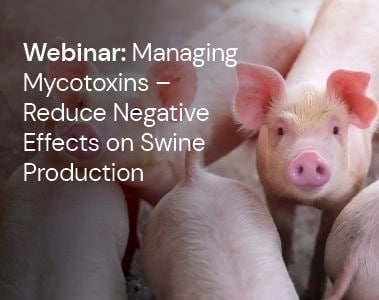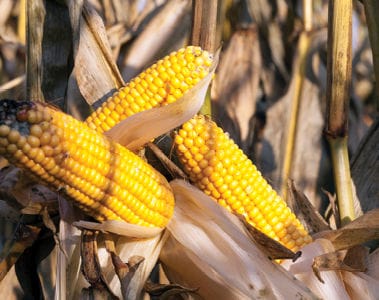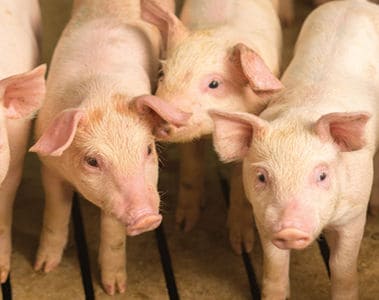
Webinar: Managing Mycotoxins - Reduce Negative Effects on Swine Production
21 Mar 2024
The Feedstuffs webinar recording for “Managing mycotoxins: Reduce Negative Effects on Swine Production,” is now available. This swine nutrition and health-focused webinar features Dr. Lan Zheng from dsm-firmenich, who presented the results of the 2023 harvested crop mycotoxin survey summarizing mycotoxin prevalence, trends and geographic impact. Dr. Lindemann from University of Kentucky shared how mycotoxins can lead to negative effects on pigs’ performance plus disrupt sphingolipids synthesis along with how to ameliorate these effects. Dr. Schatzmayr from dsm-firmenich shared insights into the occurrence and mode of action of fumonisins, which globally belong to the agriculturally most relevant mycotoxins, as well as into their successful deactivation in swine.

